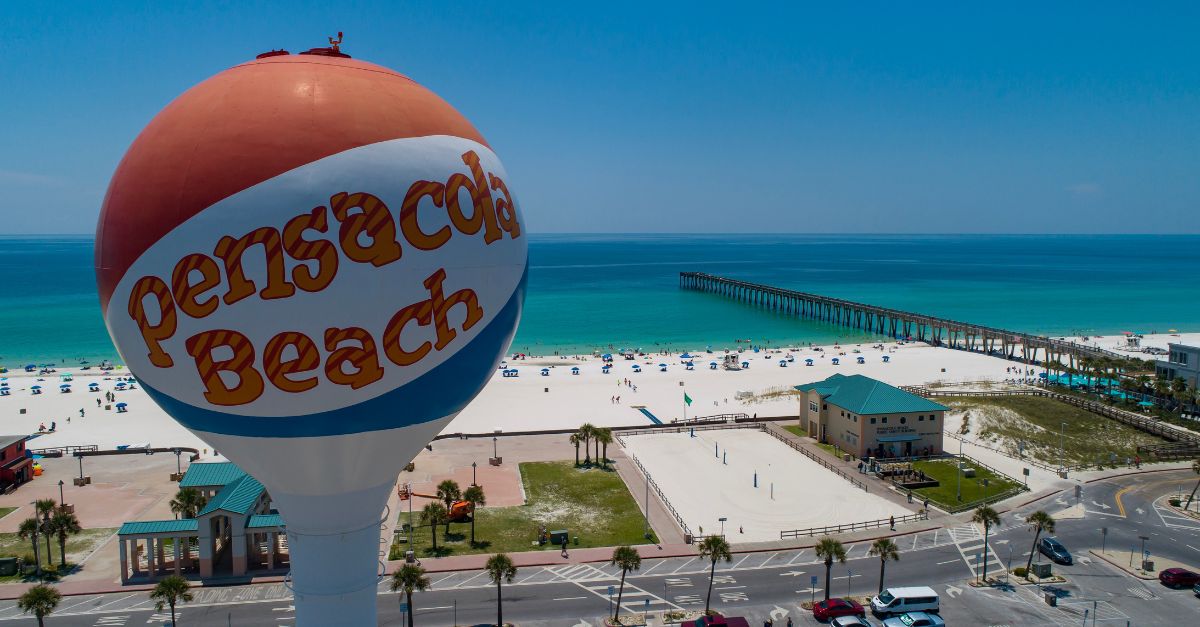The Lusitania Disaster
The RMS Lusitania was a British ocean liner that was torpedoed by a German U-boat during WWI The ship sank in only 18 minutes, and only 12 bodies were ever recovered. It was a war crime that caused international outrage.
While the Lusitania was known as the world’s largest passenger ship, the luxury cruise ship was actually hiding some dark secrets that played right into her tragic end.

The Idea Of Her
The Lusitania was commissioned by a British shipping and cruise line called Cunard Line. It was built, along with a sister ship, as a response to increasing competition from rival transatlantic passenger companies—particularly the Germans.
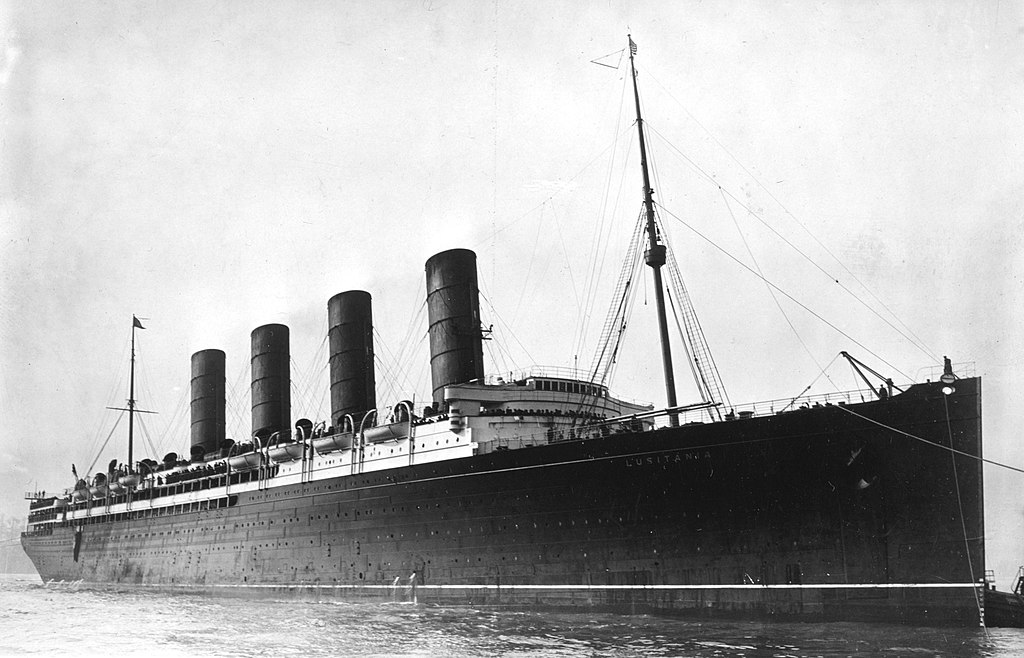 George Grantham Bain, Wikimedia Commons
George Grantham Bain, Wikimedia Commons
The Competition
The German companies Norddeutscher Lloyd (NDL) and Hamburg America Line (HAPAG) had longer, faster, more modern and more luxurious ships than Cunard. They were better placed in regards to trade, and were in top place for something even more important.
 Bundesarchiv, CC-BY-SA 3.0, Wikimedia Commons
Bundesarchiv, CC-BY-SA 3.0, Wikimedia Commons
The Blue Riband
The Blue Riband is an unofficial accolade given to the passenger liner who crosses the Atlantic Ocean with the record highest average speed—which Cunard had been awarded many times before. But at this time, the Germans held the record.
Cunard’s passenger numbers went down as more and more of these innovative German ocean liners made their debut, and something had to be done.
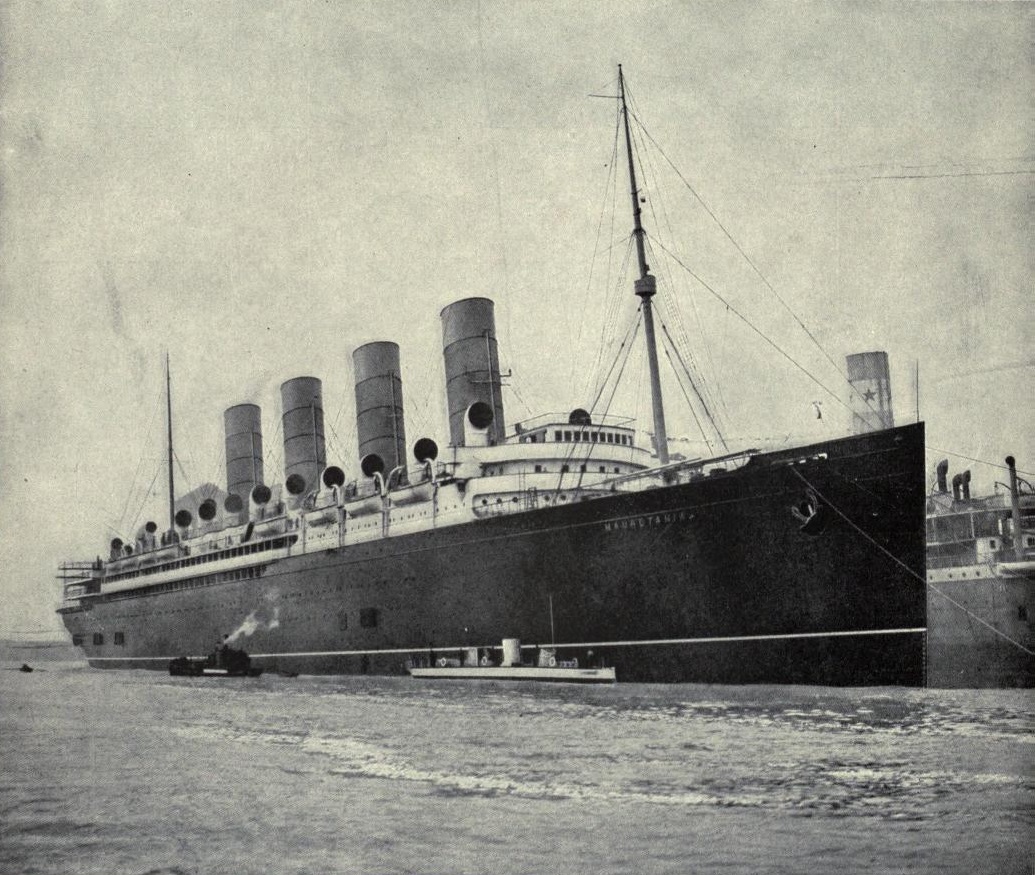 Unknown Author, Wikimedia Commons
Unknown Author, Wikimedia Commons
The Offer
In 1901, American millionaire businessman JP Morgan decided to invest in the transatlantic shipping industry and created a new company, International Mercantile Marine (IMM). He purchased several other shipping companies and then entered into a “community of interest” with others—including the Germans.
IMM then approached Cunard—their primary rival—and offered them a whopping cheque for their line too.
 Library of Congress, Wikimedia Commons
Library of Congress, Wikimedia Commons
Government Assistance
Cunard wouldn’t settle for anything, regardless of the number. There was no way they were selling their line to anyone.
Instead, chairman Lord Iverclyde immediately went to the British government for help. The British liner fleet was at risk of collapse as it could no longer keep up with its rivals. They needed to make their ships bigger and better, but lacked the finances to do so.
The British government agreed to help—but they had conditions.
 Ellis & Walery, Wikimedia Commons
Ellis & Walery, Wikimedia Commons
The Loan
The British government wanted to avoid any damage to their reputation, so they agreed to help Cunard, but only on their terms.
In June 1903, Cunard signed an agreement that gave them a loan of £2.6 million to finance two ships, repayable over 20 years at a favorable interest rate of 2.75%.
But that’s not all.
 Internet Archive Book Images, Wikimedia Commons
Internet Archive Book Images, Wikimedia Commons
The Subsidy
The ships would also be given an operating subsidy of £75,000 each (close to $100,000 USD in 2024) plus a mail contract worth £68,000. But in return, as we'll see, the ships had to be built with a certain purpose in mind.
 Unknown Author, Wikimedia Commons
Unknown Author, Wikimedia Commons
The Engines
The first thing to be determined was the engines, as speed was of utmost importance if they wanted to win back the Blue Riband.
The largest turbine sets to have ever been built at the time were made for Invincible-class battlecruisers, but the government’s design team had something even more powerful in mind.
These new engines had never been tested before—and that made Cunard uneasy.
The Power
Cunard had originally turned down the new (untested) engines, but those behind the money had more say.
These incredible engines were said to be capable of maintaining a speed of 25 knots (46 km/h; 29 mph), which would require a substantial 68,000 shaft horsepower (51,000 kW).
This much power was believed to help generate less vibration through the water, and greater reliability at higher speeds—whilst also using less fuel.
 SMU Central University Libraries, Wikimedia Commons
SMU Central University Libraries, Wikimedia Commons
The Prevention Plan
Ironically enough, the design even took into consideration a possible sinking. The hull space was divided into 13 watertight compartments where any two of which could be flooded without risk of the ship sinking. They were connected by 35 hydraulically operated watertight doors.
But there was one flaw.
 Bain News Service, Wikimedia Commons
Bain News Service, Wikimedia Commons
The Flaw In The Plan
A critical flaw—which wasn’t known at the time—was the arrangement of the watertight compartments. The sliding doors to the coal bunkers needed to be open and provide a constant feed of coal whilst the ship was operating. Closing these doors in an emergency could be problematic.
Still, the Lusitania’s interior on higher decks was a first-class dream.
 National Museum of the U.S. Navy, Wikimedia Commons
National Museum of the U.S. Navy, Wikimedia Commons
Her Size
At the time, Lusitania was the largest ship ever built. At 31,550 gross tons, Lusitania was 787 ft in length (239.9 m) and had a beam of 87.8 ft (26.7 m).
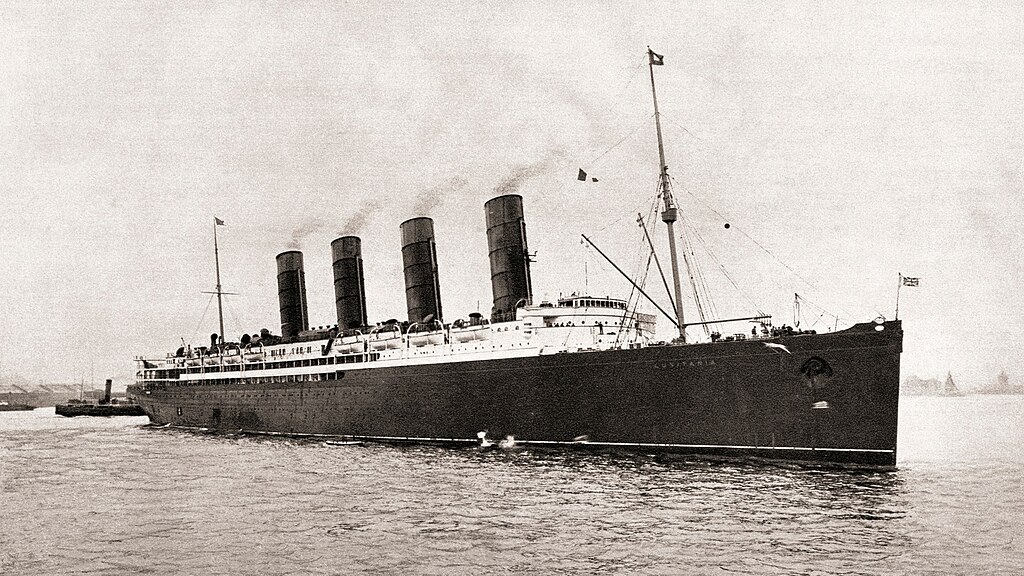 Unknown Author, Wikimedia Commons
Unknown Author, Wikimedia Commons
Her Accommodations
According to her original configuration in 1907, the Lusitania was designed to carry 2,198 passengers and 827 crew members.
She had six decks (two more than the standard) of passenger accommodations, which included a massive first class section, as well as second and third class areas—all of which were strictly segregated.
 SMU Central University Libraries, Wikimedia Commons
SMU Central University Libraries, Wikimedia Commons
Her Luxury
Aside from her sheer size, the Lusitania was also known to have the most luxurious, spacious, and comfortable interiors. First-class accommodations were decorated with a historical style, and had various public rooms like a lounge, a reading and writing room, a veranda café, and a world-class dining saloon.
 Unknown Author, Wikimedia Commons
Unknown Author, Wikimedia Commons
Her Décor
Throughout the ship were vaulted skylights, stained glass windows, marble fireplaces, silk curtains, grand staircases, mahogany woodwork, and so much more.
In fact, even the third-class accommodations weren’t terrible.
 Khang17092004, CC BY-SA 4.0, Wikimedia Commons
Khang17092004, CC BY-SA 4.0, Wikimedia Commons
Third-Class Luxury
The Lusitania broke the mold when it came to third-class accommodations—which were primarily used by immigrants. Unlike other ships of that time, third-class passengers aboard the Lusitania had cozy and spacious cabins with comfortable seating for meals and a piano for passenger use.
The ship became quite popular for immigrants—and Cunard was happy to provide.
 SMU Central University Libraries, Wikimedia Commons
SMU Central University Libraries, Wikimedia Commons
Her Maiden Voyage
Her maiden voyage took place in September 1907, when she was still considered the largest ocean liner in service. She had close to 2,500 passengers, and it was a whole event with hundreds of thousands of people in attendance.
The Lusitania was an international spectacle. During her in-between stays, the ship was available for guided tours.
But her second voyage is where she really made headlines.
 J. Kent Layton, Wikimedia Commons
J. Kent Layton, Wikimedia Commons
Her Blue Riband Record
One month later, on her second voyage, the Lusitania met her goal—making the Blue Riband record time of 4 days, 19 hours, and 53 minutes. After that, it was often a back-and-forth win between her and her sister ship, the Mauretania.
All was well for Lusitania for many years, as she took passengers safely and luxuriously across the ocean—but her luck didn’t last.
 MaritimeQuest, Wikimedia Commons
MaritimeQuest, Wikimedia Commons
Her Lifeboats
The Lusitania was originally equipped with 16 lifeboats—which was exactly what was required by safety regulations. However, this number could only accommodate 1,000 passengers.
Apparently, this was a common occurrence as the assumption was that in busy shipping lanes, help would always be nearby.
And while it did stay like this for a few years, after a tragic event occurred, things changed.
 SMU Central University Libraries, Wikimedia Commons
SMU Central University Libraries, Wikimedia Commons
The Titanic
After the tragic sinking of the Titanic in 1912—and there not being enough lifeboats aboard—Cunard quickly made some changes to the Lusitania. It was now equipped with 22 wooden boats rigged in davits, and 26 collapsible lifeboats.
It was an important decision the company would thank themselves for later.
 Unknown Author, Wikimedia Commons
Unknown Author, Wikimedia Commons
The War Begun
In 1914, WWI had begun, and the waters became terribly unsafe. Many larger liners were taken out of service, partly because people were no longer traveling, and also to keep them safe.
But the Lusitania wasn’t one of those, as Cunard believed they’d be protected by Cruiser Rules.
 MaritimeQuest, Wikimedia Commons
MaritimeQuest, Wikimedia Commons
Cruiser Rules
Cruiser Rules, also known as Prize Rules, is an international customary law that is in place to protect the lives of crew and passengers on civilian vessels. It said that if a ship was confiscated or sunk, the lives onboard were to be safeguarded. So basically, an enemy vessel cannot fire at a civilian ship without warning.
Given this, Cunard believed Lusitania would be safe. But, they did make a few changes—just in case.
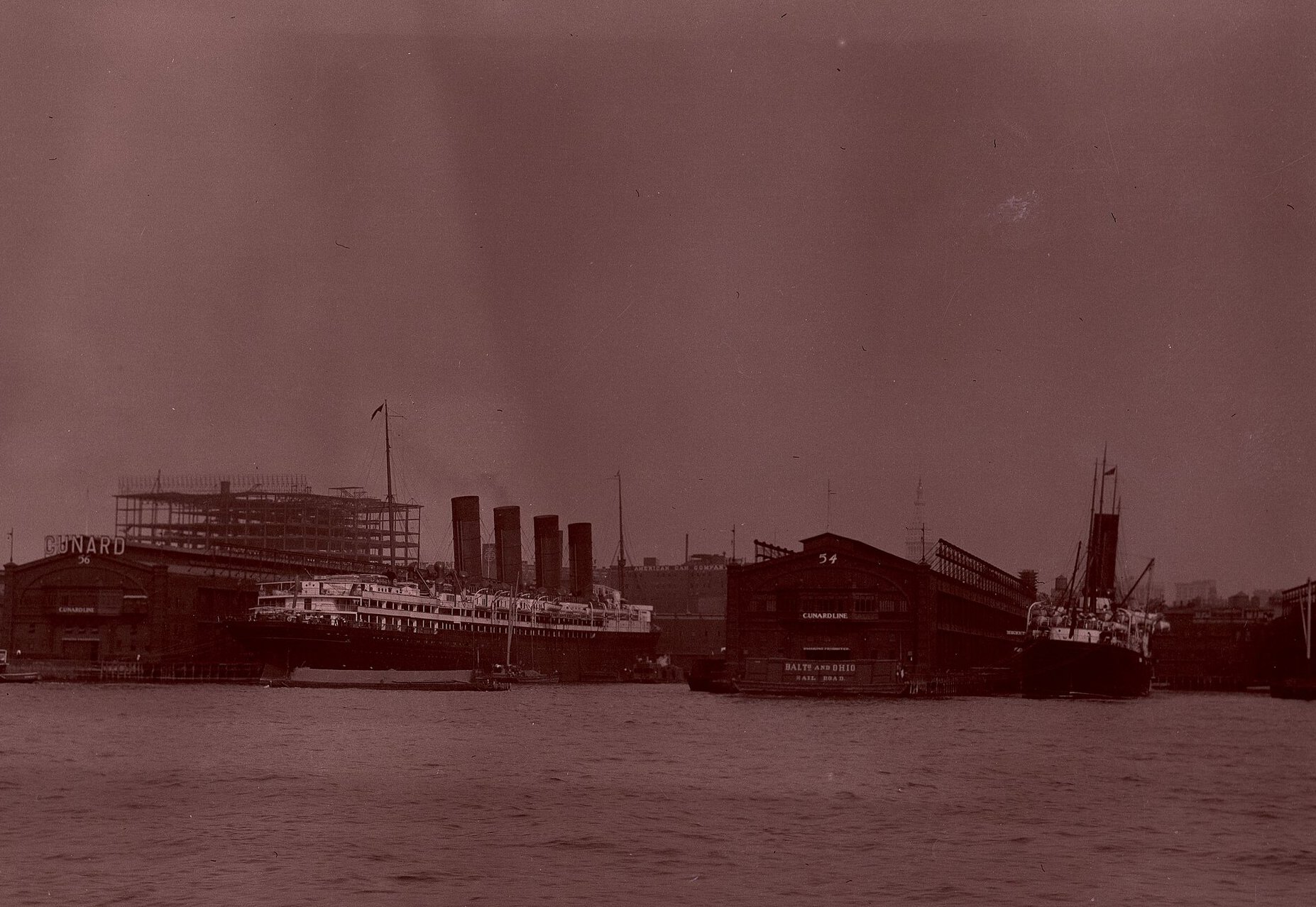 Columbus Metropolitan Library, Wikimedia Commons
Columbus Metropolitan Library, Wikimedia Commons
Hostile Waters
While Cunard wanted to keep their ships in the water, their fear ran high when outbreaks of hostilities were increasing, regardless of the so-called Cruiser Rules.
But they still weren’t scared enough to take their ships out completely. Instead, they gave the Lusitania a paint job.
 International Film Service, Wikimedia Commons
International Film Service, Wikimedia Commons
Her New Paint Job
For her first east-bound crossing after the conflict started, Lusitania was painted in a gray color scheme as an attempt to mask her identity and make her harder to see in the dark fog—which was actually a good idea.
Even with stark warnings of battle-stricken waters, the Lusitania remained in service—and people still signed up for her trips.
 National Museum of the U.S. Navy, Wikimedia Commons
National Museum of the U.S. Navy, Wikimedia Commons
A New Threat
By early 1915, a new threat emerged: submarines. And on February 4, Germany declared the seas around Great Britain and Ireland a conflict zone—meaning that allied ships in the area would be sunk without warning.
Efforts would be taken to avoid sinking neutral ships, but “enemy” passenger ships were included as targets.
 Unknown Author, Wikimedia Commons
Unknown Author, Wikimedia Commons
Her Disguise
As a result, the Lusitania, which was still making trips, was ordered not to fly any flags in the conflict zone. It was also suggested to repaint her funnels a dark gray (they had been since painted back to their original color).
Oddly enough though, no efforts were made to paint over the ship’s name. But her profile was so well known, it was not likely the ship could be well disguised anyway.
 MaritimeQuest, Wikimedia Commons
MaritimeQuest, Wikimedia Commons
Changing Captain
This was also the time when the ship’s captain was replaced. Captain William Thomas Turner was now in command. He had experience commanding Lusitania on previous voyages, as well as other similar British ocean liners.
Captain Turner left Liverpool on April 17 1915, for Lusitania’s 201st transatlantic voyage.
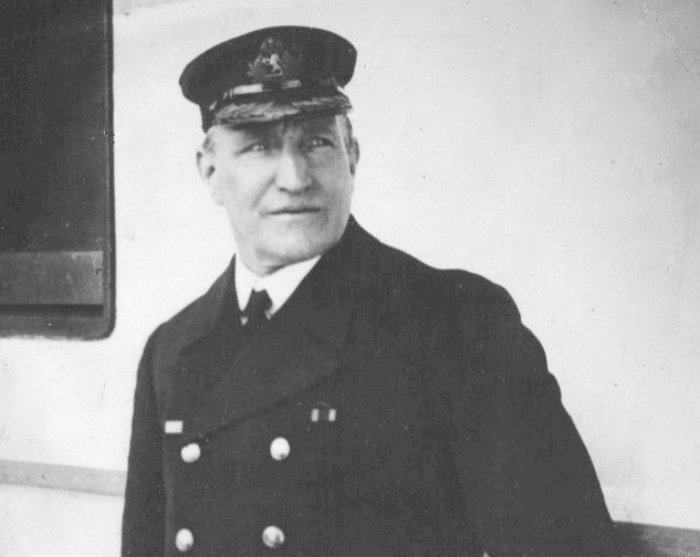 NYH Service, Wikimedia Commons
NYH Service, Wikimedia Commons
The Warning
The ship arrived safely in New York about a week later. But as it prepared for the trip back to Liverpool, the German Embassy submitted a stark warning about travel to 50 American newspapers, including those in New York.
They clearly stated the dangers and risks of traveling through the conflict zone, which was now riddled with German U-boats looking for targets.
It was a clear reminder that Lusitania was not safe.
 N. W. Penfield, Wikimedia Commons
N. W. Penfield, Wikimedia Commons
Taking The Risk
Even with imminent danger ahead, Captain Turner made the choice to head back to Liverpool anyway, with anyone who would join him—which happened to be 1,264 passengers, three stowaways, and a crew of 693—totaling 1,960 people.
With clear warnings plastered across every newsstand in America, it’s unbelievable how many people were still willing to take the risk.
 Agence photographique Rol, Wikimedia Commons
Agence photographique Rol, Wikimedia Commons
Her Final Voyage
On May 7, 1915, Lusitania was nearing the end of her 202nd voyage. She was scheduled to dock at the Prince’s Landing Stage later that afternoon. With only a few hours to go, passengers and crew celebrated the seemingly successful voyage through the perilous conflict zone.
But then, at about 2:10 pm, Lusitania crossed in front of a German U-20—and the celebration quickly turned into chaos.
 George Grantham Bain Collection, Wikimedia Commons
George Grantham Bain Collection, Wikimedia Commons
The Torpedo
Walther Schwieger, the commanding officer of the U-boat, who claimed he did not identify the ship, gave the order to fire one torpedo. Seconds later, it struck Lusitania on the starboard bow, just behind the bridge.
The damage was unbelievable. Terrified passengers scrambled while alarms blared through the rapidly tipping ship—and things were about to get worse.
 Unknown Author, Wikimedia Commons
Unknown Author, Wikimedia Commons
The Second Explosion
Only a few minutes after the torpedo hit, another explosion erupted in the hull and the ship started to sink—quickly.
Almost immediately, the crew scrambled to launch the lifeboats. But this event was nothing like they had practiced.
 Unknown Author, Wikimedia Commons
Unknown Author, Wikimedia Commons
The Lifeboats
The ship was nearly sideways, and sinking fast. Half of the lifeboats required assembly, which meant they were basically useless. There was absolutely no time to put things together, not to mention the boat was falling apart beneath them.
Several of the lifeboats broke apart and were overturned before anyone could even be loaded into them. In all, only six lifeboats were launched successfully.
 Bain News Service, Wikimedia Commons
Bain News Service, Wikimedia Commons
The Passengers
While crew were struggling to get lifeboats in the water, the nearly 2,000 passengers on board were scrambling about all six decks, desperately holding on for dear life.
People were falling off the sides and into the unforgiving waters below. Some were being crushed by debris and others were drowning while trapped inside the depths of the massive and quickly sinking ship.
It was only a matter of minutes before the worst possible scenario happened.
 MaritimeQuest, Wikimedia Commons
MaritimeQuest, Wikimedia Commons
The Sinking
It only took 18 minutes from the moment of impact for the once largest ship in the world to sink down to the bottom of the ocean—taking most of its passengers with it.
Within minutes, Lusitania’s trim leveled out and she sank at rapid speed, with the funnels and masts being the last to disappear.
 Unknown Author, Wikimedia Commons
Unknown Author, Wikimedia Commons
The Tragic Loss
Of the 1,960 passengers and crew aboard Lusitania at the time of the sinking, 1,197 lost their lives.
In the hours afterward, survivors came together to help as many people as possible. And a crew of Irishmen arrived to help.
 Unknown Author, Wikimedia Commons
Unknown Author, Wikimedia Commons
Survivors
The survivor count was an impressive 767 people—which is incredible considering how quickly the ship sank. Many people were scooped up out of the water, and a significant number of survivors had extensive injuries.
Four survivors ended up passing after making it to safety, due to life-threatening injuries.
A few have told their stories over the years—and they’re devastating.
 National Museum of the U.S. Navy, Wikimedia Commons
National Museum of the U.S. Navy, Wikimedia Commons
Survivor Account: Margaret Gwyer
Mrs Margaret Gwyer was a survivor of the sinking ship. She recalled the terrifying moment she heard the explosion and how quickly the ship turned onto its side, instantly knocking people—herself included—into the cold and pulsing dark waters below.
Gwyer made it into a lifeboat, but then fell into the water and was suddenly sucked into one of the ship’s funnels. In that moment, she believed her life was over, as everything went black and quiet.
Suddenly, another explosion blew her back to the surface, where she was picked up by a passing lifeboat and later reunited with her husband.
 Unknown Author, Wikimedia Commons
Unknown Author, Wikimedia Commons
Survivor Account: Nettie Moore
Ms Nettie Moore was another survivor of the Lusitania, however, she suffered a huge personal loss and found it difficult to talk about for her entire life. She wrote this down for her granddaughter, and never spoke of it again.
Moore was on the ship with her husband, infant son, and her brother. Not long after the torpedo hit, the young family were able to get to a lifeboat.
But the lifeboat was not strong enough to hold everyone who jumped in—and the unthinkable happened.
 National Museum of the U.S. Navy, Wikimedia Commons
National Museum of the U.S. Navy, Wikimedia Commons
Survivor Account: Nettie Moore
The lifeboat they were in quickly overturned and Moore, her husband, and her infant son were left clinging to the upside-down wreckage.
Sadly, her baby boy, who was clutched in his father’s arms, succumbed to the freezing cold water within minutes. Once her husband had realized the infant was no longer alive, he gave up trying to hold on and told Moore, “I can’t hold on any longer,” and he slipped away.
As awful as that is, it wasn’t the end for Nettie Moore.
 Lot-3632-11, Wikimedia Commons
Lot-3632-11, Wikimedia Commons
Survivor Account: Nettie Moore
Moore drifted in and out of consciousness, and ended up floating in the ocean for several hours before being scooped up by people who were collecting bodies.
They had assumed she was lifeless, but she recalls being dragged by her feet across the deck of a ship, with her head bouncing off the wooden floorboards.
Suddenly, her little brother John, who somehow made it to safety, noticed her body piled upon other lifeless passengers, and he rushed over to her. Her eyelid fluttered, and he immediately called for help.
 Unknown Author, Wikimedia Commons
Unknown Author, Wikimedia Commons
Survivor Account: Robert Timmis
Robert Timmis was in the dining room when the torpedo struck. He recalled the ship was already listing by the time he left the dining room. He watched as people fell from the sides, and jumped into lifeboats.
After helping a group of women and children into one boat, the ship went down, and he went with it.
But that wasn’t where his story ended.
 SMU Central University Libraries, Wikimedia Commons
SMU Central University Libraries, Wikimedia Commons
Survivor Account: Robert Timmis
Timmis estimated he had been sucked down 60 ft or more into the dark ocean below.
He counted 32 strokes to make it to the surface. He then floated on wreckage for about two hours before being rescued by a man who was barely floating in the wreckage of one of the lifeboats. The pair kept each other warm until further help arrived.
 George Grantham Bain Collection, Wikimedia Commons
George Grantham Bain Collection, Wikimedia Commons
International Outrage
The sinking caused an international outcry, especially in Britain and across the British Empire, as well as in the United States, since 128 out of 159 US citizens aboard the ship lost their lives—including a few prominent names.
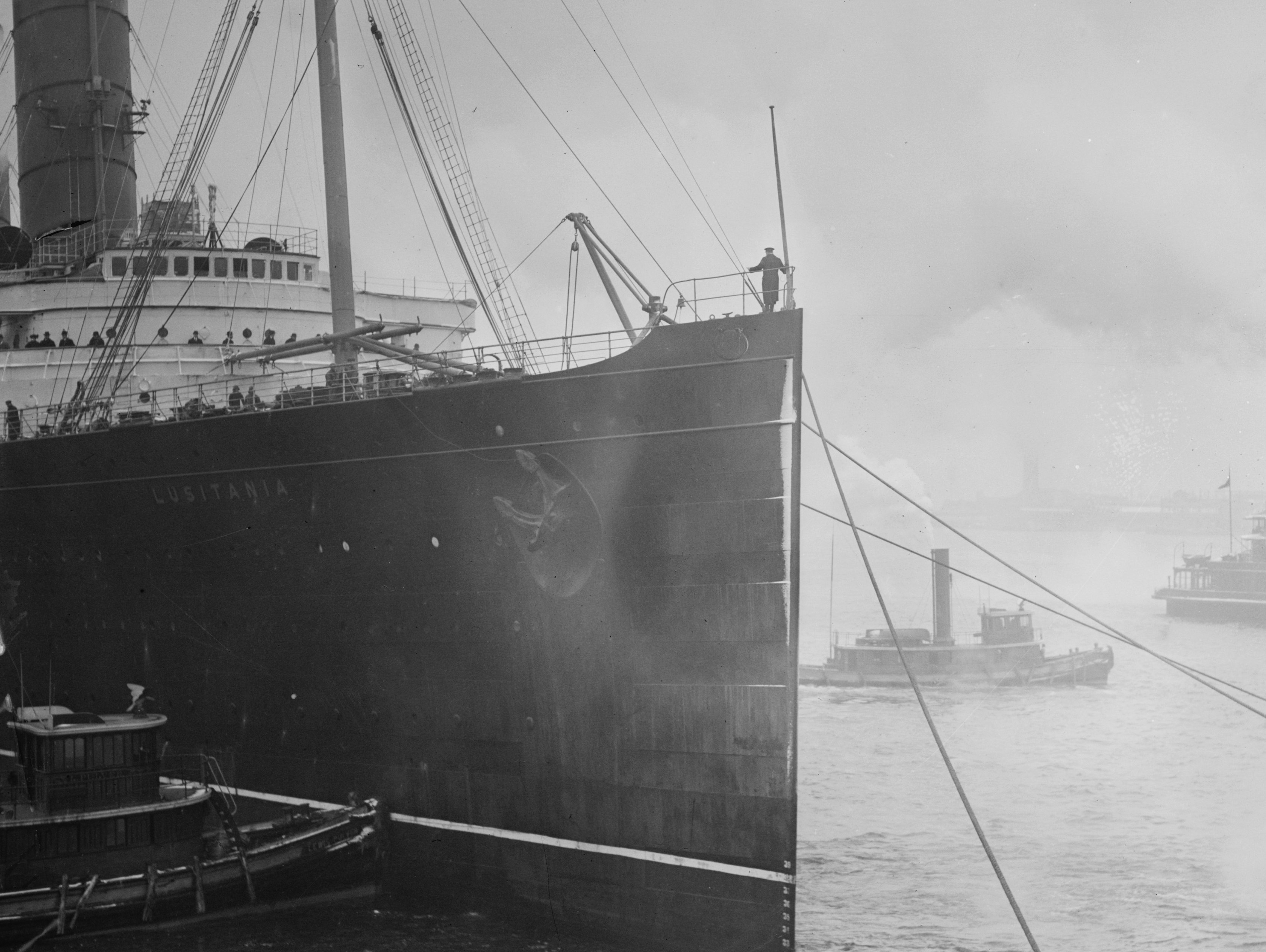 Bain News Service, Wikimedia Commons
Bain News Service, Wikimedia Commons
Famous Americans Lost On Lusitania
Of the 128 Americans onboard, one of them was famous writer and publisher, Elbert Hubbard. Also onboard were millionaire hotelier and builder Albert Clay Bilicke, theatrical producer Charles Frohman, multi-millionaire businessman Alfred Gwynne Vanderbilt, and the president of Newport News Shipbuilding, Albert L Hopkins.
This did not sit well with America at all, and an explanation was demanded.
 Tagishsimon, Wikimedia Commons
Tagishsimon, Wikimedia Commons
The Explanation
On May 8, the very next day, Bernhard Dernburg, a German spokesperson, said the Lusitania “carried contraband of war,” and was “classed as an auxiliary cruiser,” which then gave them the right to destroy her regardless of any passengers aboard.
But that wasn’t all.
 Atelier Veritas, Wikimedia Commons
Atelier Veritas, Wikimedia Commons
Don’t Forget About The Warnings
Dernburg also reminded everyone that “fair warnings” were given, declaring the existence of “war zones,” which he believed cleared Germany of any responsibility for the loss of lives, including American citizens aboard.
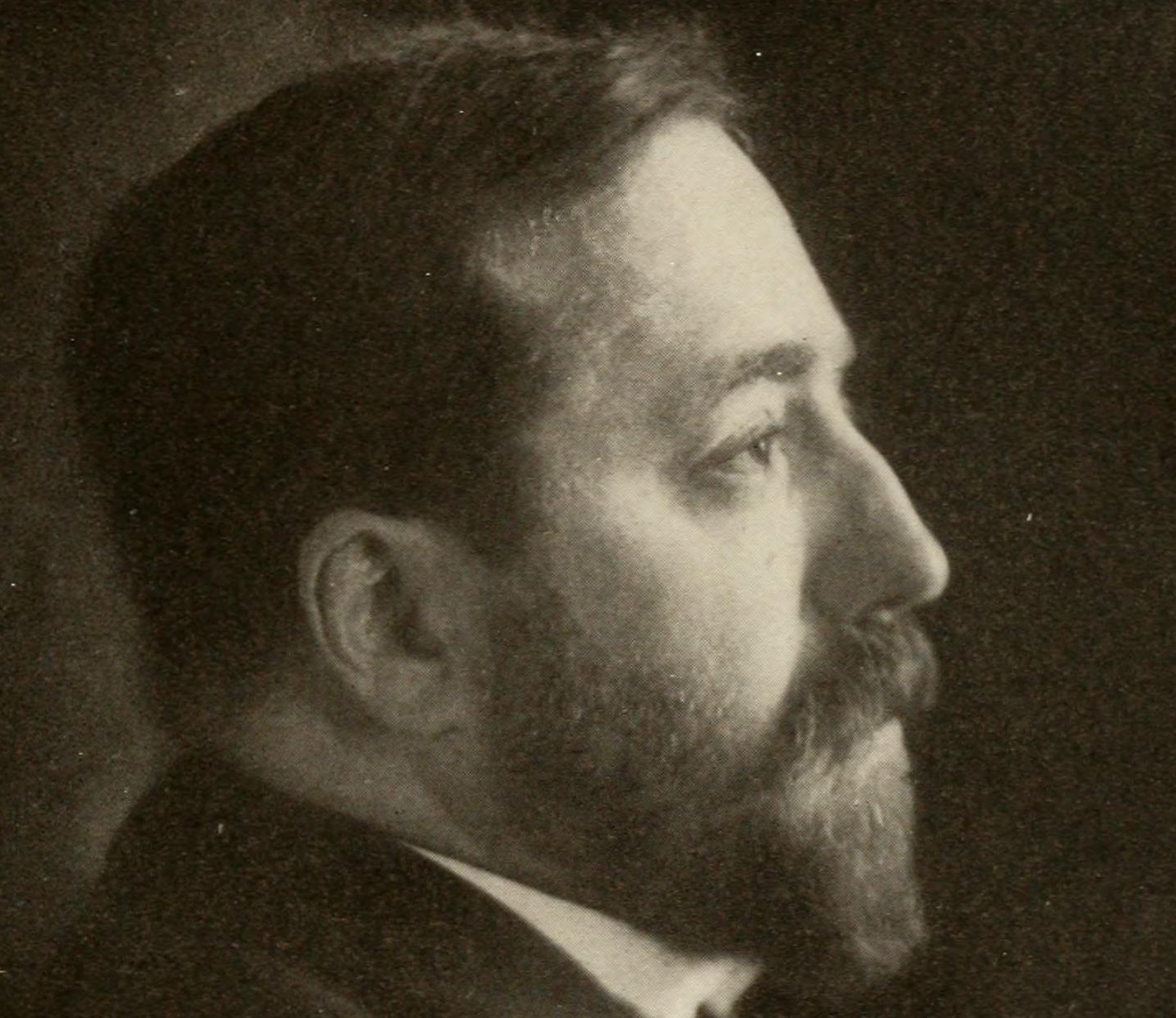 Internet Archive Book Images, Wikimedia Commons
Internet Archive Book Images, Wikimedia Commons
The Truth
It’s true: Lusitania was indeed officially listed as an auxiliary combat ship. And she had been carrying some armaments, including 4,200 cases of Remington rifle cartridges and 1,250 cases of shrapnel shells and fuses. In fact the Lusitania's very beginnings were designed for this. Let's rewind.
 George Grantham Bain Collection, Wikimedia Commons
George Grantham Bain Collection, Wikimedia Commons
The Conditions
If you'll remember, the British government poured money into the Lusitania to get it built, but they only way they would help Cunard is if they designed the ships their way. This meant the Lusitania and her sister ship, the Mauretania, had to be built to Admiralty specifications. Why? So that they could be used as armed merchant ships in the conflict, if needed.
This meant the luxury passenger cruise liners had been secretly equipped with guns, other arms and ammo, and built with added protection. That's not all.
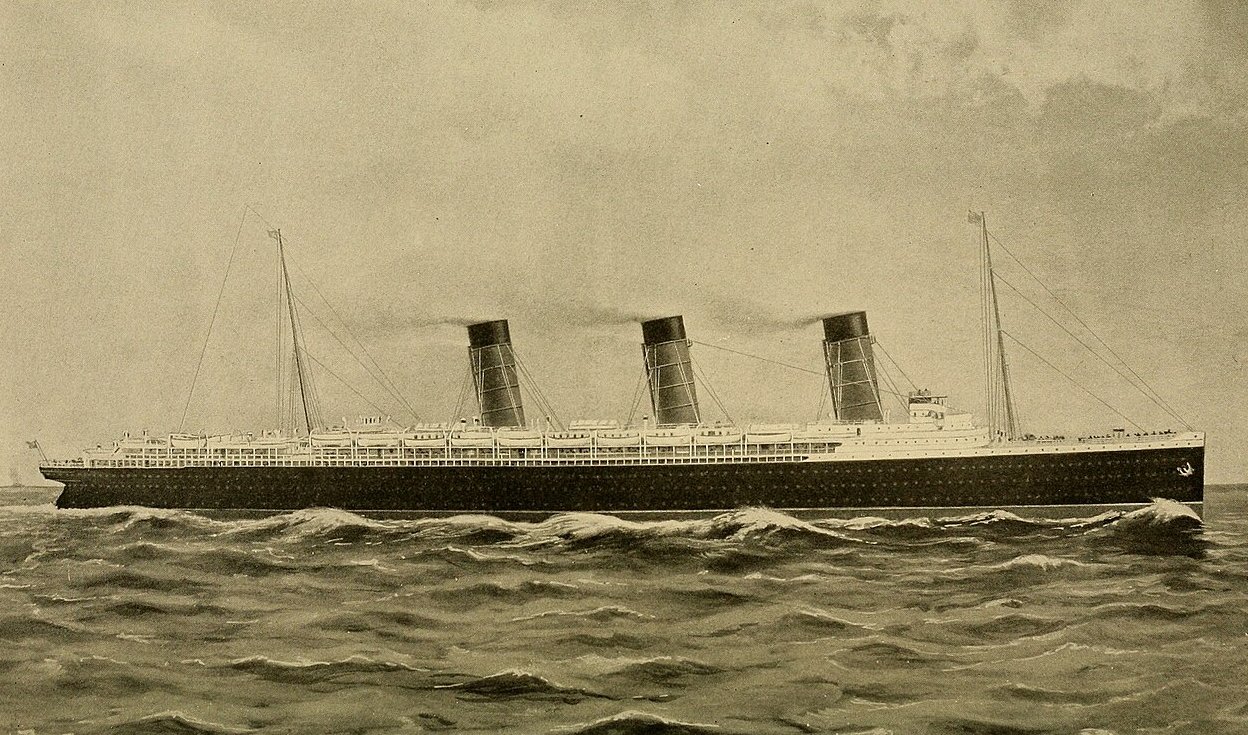 Internet Archive Book Images, Wikimedia Commons
Internet Archive Book Images, Wikimedia Commons
The Silver Lining
One perk of making this luxury cruise liner into a combat machine was that it was now given special permission to fly the Blue Ensign, as a Royal Naval Reserve Merchant Vessel—meaning Lusitania now had a special government status.
 J. Kent Layton Collection, Wikimedia Commons
J. Kent Layton Collection, Wikimedia Commons
Creating The Merchant Ship
The ship was even designed with battle in mind. Machinery was kept below the waterline, where it would be protected from gunfire. Coal bunkers were placed along the length of the ship, believing the coal would provide added protection against attacks. And of course, there was ample storage space for arms and ammo.
In short, German spokesperson Bernhard Dernburg wasn't wrong about the Lusitania. And headlines everywhere wreaked controversy.
 SMU Central University Libraries, Wikimedia Commons
SMU Central University Libraries, Wikimedia Commons
Angering America
In Germany, newspapers celebrated the event as a triumph. In the US, public opinion was outraged, claiming the key issue was the savagery of the Germans to not allow passengers to escape on life boats—as required by international law.
Germany’s attempts to defend the attack only made people angrier.
 Bain News Service, Wikimedia Commons
Bain News Service, Wikimedia Commons
The Blame Game
In the weeks after the tragic event, the issue was hotly debated, with exchanges between the US and German governments, trying to get to the bottom of who was in the wrong.
However, Germany held strong in their belief that the attack was justified.
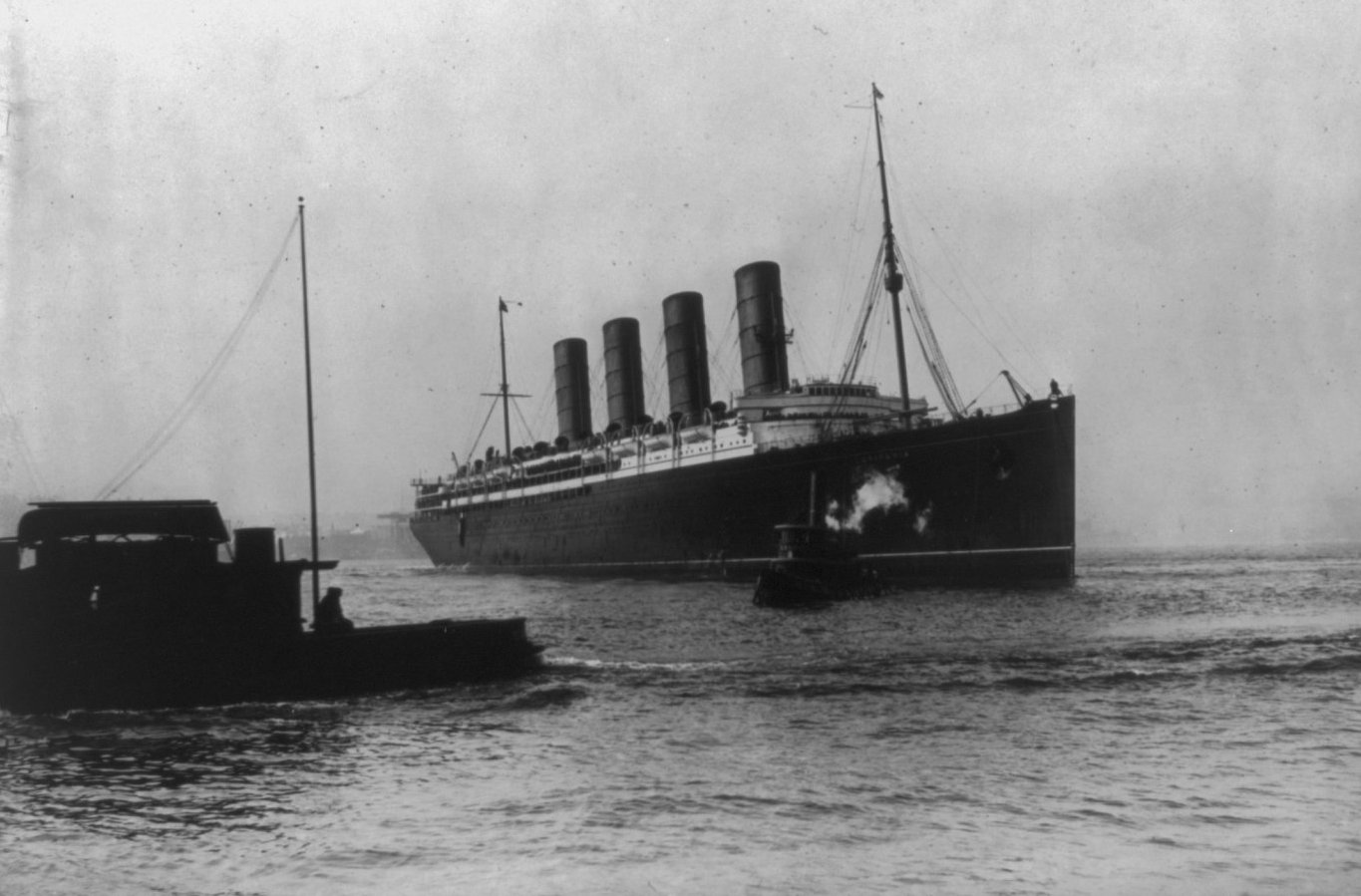 George Grantham Bain Collection, Wikimedia Commons
George Grantham Bain Collection, Wikimedia Commons
Demanding An Apology
President Woodrow Wilson was advised to maintain the position of “strict accountability,” and he wanted Germany to take responsibility for the violation of “the principles of law and humanity".
He insisted the Germans apologize, compensate the victims, and promise to avoid any similar occurrence in the future.
 Harris & Ewing, Wikimedia Commons
Harris & Ewing, Wikimedia Commons
They Didn’t Back Down
Once more, Germany held strong in their position. They reminded President Wilson that Germany had already declared in February that all allied ships in the area would be sunk, regardless of whether they carried munitions or not.
As well, it was said that at the time of the sinking, German U-boat captains were directed to deliberately target enemy passenger vessels, as a way of creating a “shock effect".
However, this news wasn’t well received in Germany itself.
Ceasing Fire
After that information became known, German officials realized that this could now lead to further sinkings, including ones where Germany’s excuses may not apply.
As a result, Germany stated that unrestricted submarine combat on ocean liners would cease.
But that didn’t mean their attacks would stop.
 Bain News Service, Wikimedia Commons
Bain News Service, Wikimedia Commons
British Ships Only
Other British passenger ships continued to be attacked, and sometimes sunk, by U-boats. But then, in September 1915, Germany stated that attacks were only allowed on ships that were “definitely British".
Neutral ships were to be treated under Prize Law (where passengers are to be safeguarded), and there were to be no attacks on passenger lines at all.
While this was supposed to “help” avoid attacks on neutral parties, the fact that innocent people were still losing their lives was becoming a worldwide problem.
 SMU Central University Libraries, Wikimedia Commons
SMU Central University Libraries, Wikimedia Commons
A Loss Of Support For Germany
It didn’t take long before public opinion in many countries were against Germany. Images of the sinking Lusitania were used heavily in US propaganda and army recruiting campaigns.
And by 1917, Germany took things to the next level.
 SMU Central University Libraries, Wikimedia Commons
SMU Central University Libraries, Wikimedia Commons
The US Enters The Fray
In January 1917, the German government announced it would again conduct full unrestricted submarine attacks. This outraged the US once again, and President Wilson officially declared war on Germany.
 Bain News Service, Wikimedia Commons
Bain News Service, Wikimedia Commons
The Lusitania Disaster
It is believed that the Lusitania is the major event that indirectly led the United States into WWI. Though, as with most major events like this, conspiracy theories have been swirling for decades, giving other possible reasons for the tragic sinking.
 Bain News Service, Wikimedia Commons
Bain News Service, Wikimedia Commons
Conspiracy Theories
Some people believe the British used Lusitania as a way to get the United States to enter the conflict on their behalf. They feel it was almost like a set-up, considering the Germans gave a clear warning only one day before its departure, and yet the ship continued anyway.
Not only that, according to some sources, Captain Turner could have possibly done a few things differently.
 Bain News Service, Wikimedia Commons
Bain News Service, Wikimedia Commons
Captain Turner’s Involvement
According to some reports, Captain Turner knew there were several U-boats active in his intended course. He also apparently slowed down when he entered the most dangerous part—claiming the fog was to blame for the lowered speed.
He essentially took the ship to the battlefield and then slowed it down, becoming a sitting duck.
 Bedford Lemere & Co., Wikimedia Commons
Bedford Lemere & Co., Wikimedia Commons
Captain Turner’s Involvement
In fact, Turner was apparently ignoring almost all of the Admiralty’s directives for evading German submarines. He was steaming too close to shore, where U-boats loved to lurk, instead of in the relative safety of the open channel.
However, his years of expertise and experience held his reputation firm, and it was ultimately decided that he was not to blame.
 Bedford Lemere & Co., Wikimedia Commons
Bedford Lemere & Co., Wikimedia Commons
Compensation For Victims
Eventually, after the war, American interests sued the German government for compensation for victims of the sinking of Lusitania. In 1923, 278 claimants were initially awarded $23 million (equivalent to $320 million in 2023).
In the end, a final payout was made of $841,000 ($11.7 million in 2023).
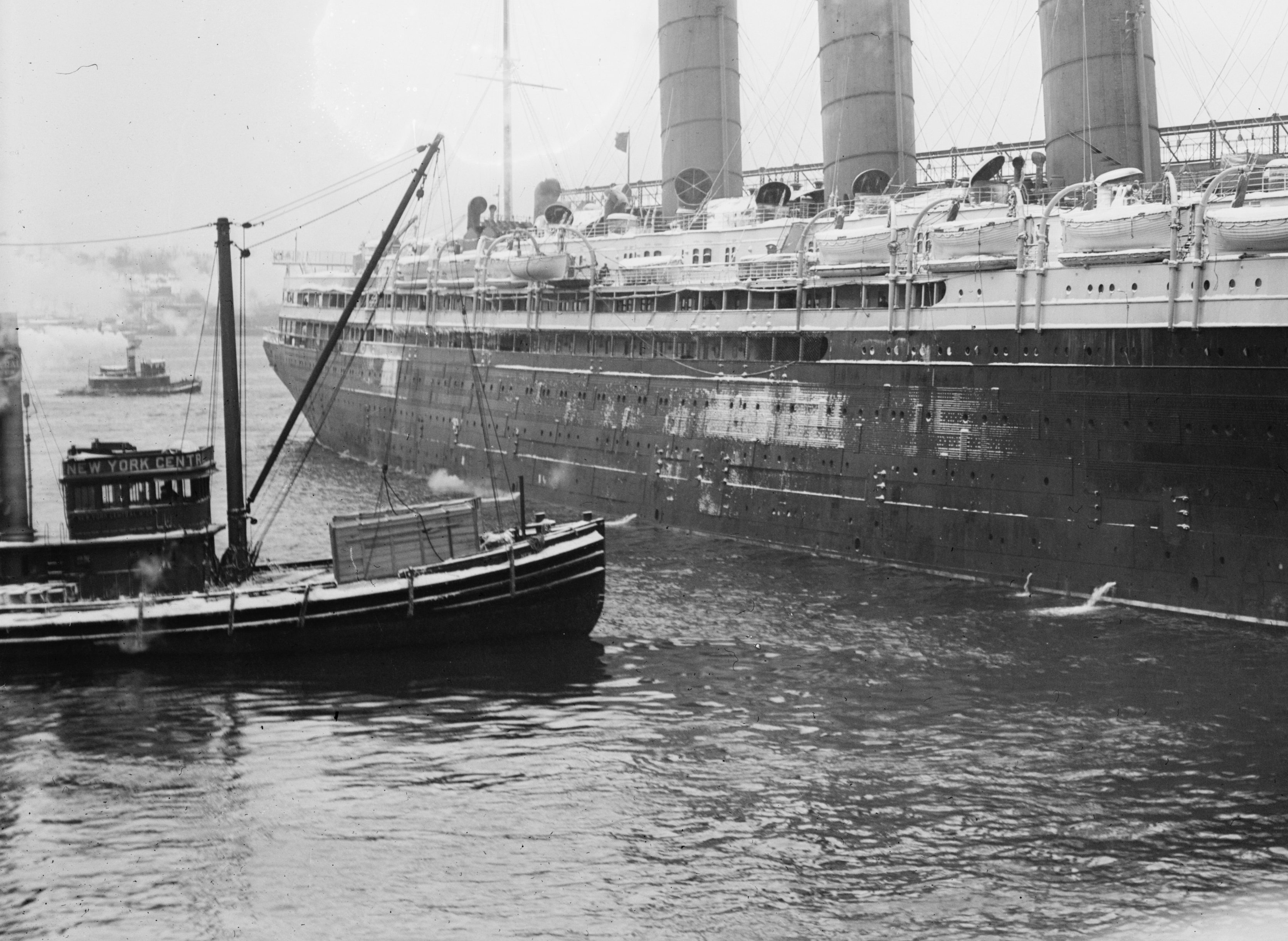 Bain News Service, Wikimedia Commons
Bain News Service, Wikimedia Commons
Final Thoughts
The sinking of the Lusitania remains one of the most tragic war crimes in history. Not only was it an exceptional loss of lives, but the disaster then set off a chain of events that ultimately led to the US entering World War I.
Once the biggest ship in the world, this incredible merchant war machine/luxurious cruise ship now lies at the bottom of the ocean, as a stark reminder of how awful war can be.





